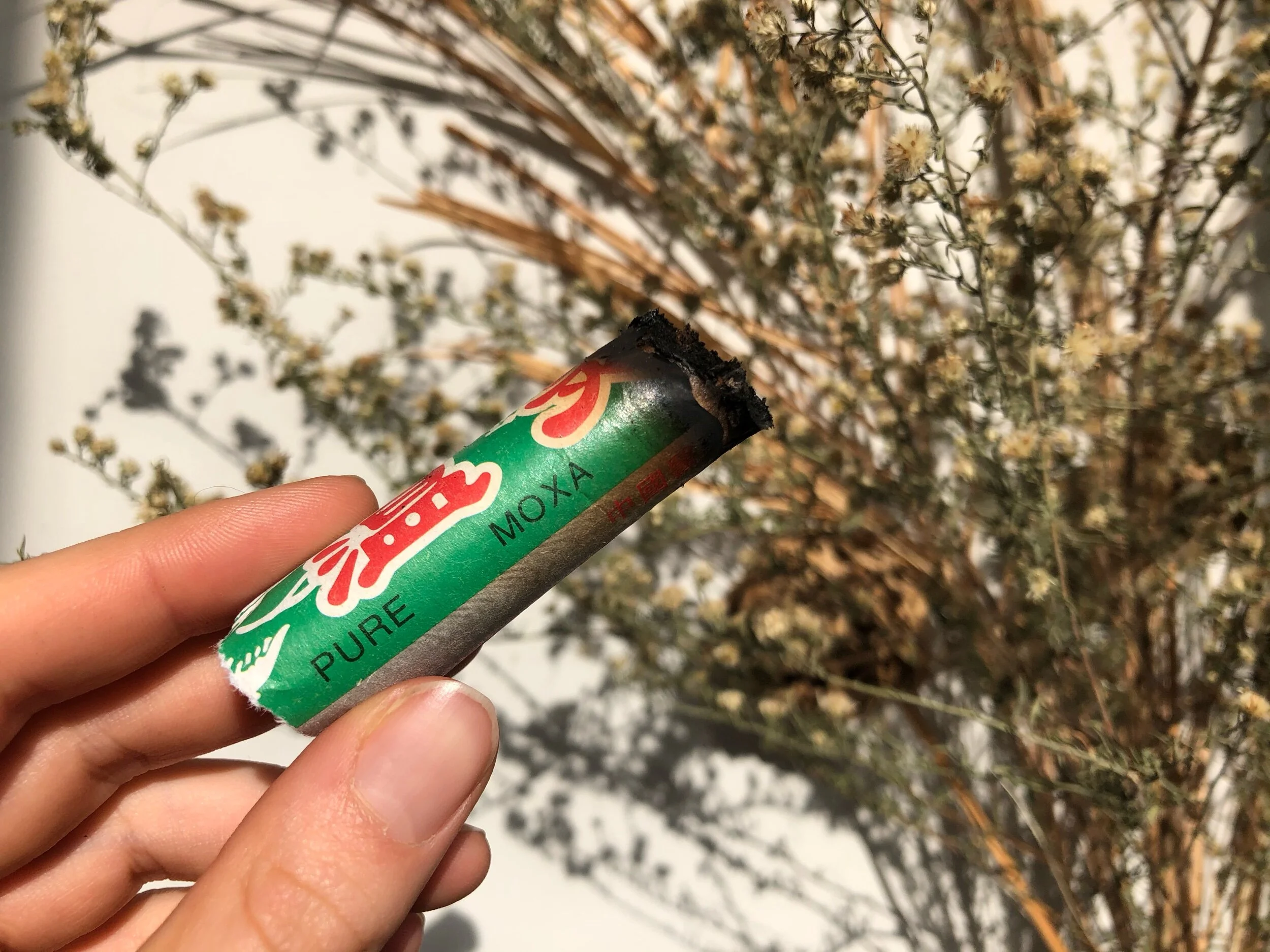The Five Element Theory is a main pillar of Chinese Medicine that categorizes and classifies natural phenomenon. It is the fundamental concept of Chinese culture including medicine, arts, Tai Chi, Feng Shui, and more. This Chinese method of thinking reflects the Taoist Philosophy of the idea that there are five fundamental energies within nature, or the Tao.
The Five Element perspective suggests that everything in nature can be classified into
Metal, Water, Wood, Fire, & Earth.
This theory can be used to categorize the seasons of nature, the cycle of a day, the stages of human life, or the state of one’s health. Since the human is a microcosm of nature, all five of these energies show up in every human physically, mentally, and emotionally. Each element is associated with a specific theme, part of the body, organ, emotion, virtue, etc. For example, Fire is represented by summer, the color red, a bitter taste, the emotion love, and the Heart. On the other hand, Water is symbolized with winter, the color blue, a salty taste, the emotion fear, and the Kidneys.
The elements play an important role to each other and when in balance allow for overall health and well-being. Although an appropriate balance of these five energies is important for health, any element can be imbalanced when it becomes over or under active and cause symptoms of dysfunction or disease. In this way of thinking, Chinese Medicine practitioners assess client’s health based upon each person’s individual current state through the lens of the Five Elements, and then treat accordingly.
Although we all have each of the five elements within us, the theory suggests that everyone has a dominant element, or constitutional type, that represents one's overall way of being. Similar to your astrological sign or human design, constitutional types are a blueprint of how we show up in this world. Each constitutional type has it’s own set of gifts, as well as challenges- which makes knowing your specific type an empowering and clarifying experience.
In future posts, we'll dive deeper into how each of these elements may show up for you, how to determine if an element is imbalanced, how to find your constitutional type, and more!




